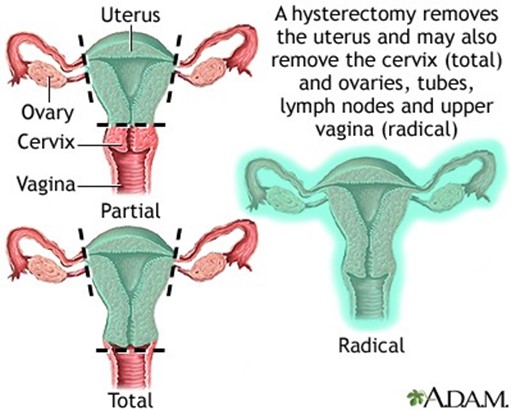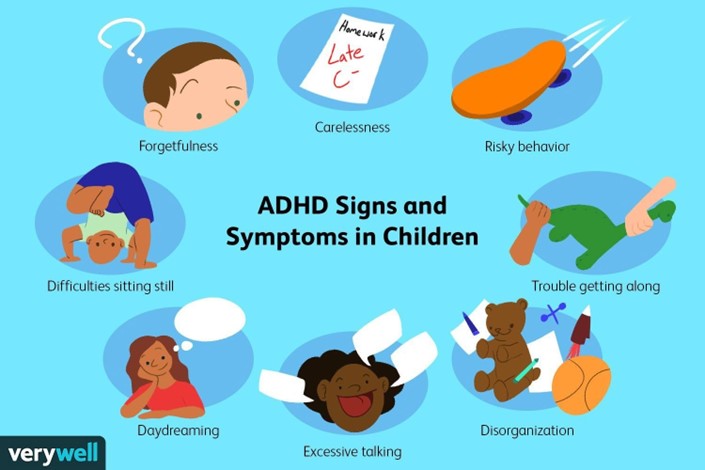The practical nurse (PN) is caring for a 3-month-old infant with a head injury who had a seizure episode. The infant has a high-pitched cry and is irritable. The caregiver reports that the infant rolled over and fell onto the carpeted floor. Which action should the PN take?
Obtain a heel stick glucose.
Report injury details to the charge nurse.
Initiate strict intake and output measurements.
Swaddle the infant in a blanket.
The Correct Answer is B
The PN should report the injury details to the charge nurse. This is important because the charge nurse needs to be aware of any changes in the patient's condition and can help determine the appropriate course of action. The other options are not the most appropriate actions for the PN to take in this situation.
Obtaining a heel stick glucose (A) may be necessary if hypoglycemia is suspected, but it is not the most immediate concern.
Initiating strict intake and output measurements (C) may be necessary for monitoring fluid balance, but it is not the most immediate concern.
Swaddling the infant in a blanket (D) may provide comfort, but it does not address the underlying issue of the head injury and seizure episode.
Nursing Test Bank
Naxlex Comprehensive Predictor Exams
Related Questions
Correct Answer is D
Explanation
To help increase an older adult's magnesium level following a hysterectomy, the practical nurse (PN) should suggest that the client increase her intake of protein in fish. Fish is a good source of magnesium, which is an essential mineral that plays a role in many bodily functions. Increasing the intake of magnesium-rich foods such as fish can help raise the client's magnesium level and improve her overall health. The other foods listed may also provide some nutritional benefits, but fish is the best choice for increasing magnesium intake in this situation.

Correct Answer is A
Explanation
Providing a structured daily routine is the most effective intervention for managing the symptoms of ADHD. Children with ADHD benefit from routines that include consistent times for meals, homework, play, and bedtime. This provides structure and predictability, which can help to decrease anxiety and improve the child's ability to focus.
Consulting with a licensed kinesiologist (B) or instituting a regimen of mega-vitamins (C) have not been found to be effective interventions for managing the symptoms of ADHD.
Eliminating dietary simple sugars (D) has also not been found to be an effective intervention for managing the symptoms of ADHD.

Whether you are a student looking to ace your exams or a practicing nurse seeking to enhance your expertise , our nursing education contents will empower you with the confidence and competence to make a difference in the lives of patients and become a respected leader in the healthcare field.
Visit Naxlex, invest in your future and unlock endless possibilities with our unparalleled nursing education contents today
Report Wrong Answer on the Current Question
Do you disagree with the answer? If yes, what is your expected answer? Explain.
Kindly be descriptive with the issue you are facing.
